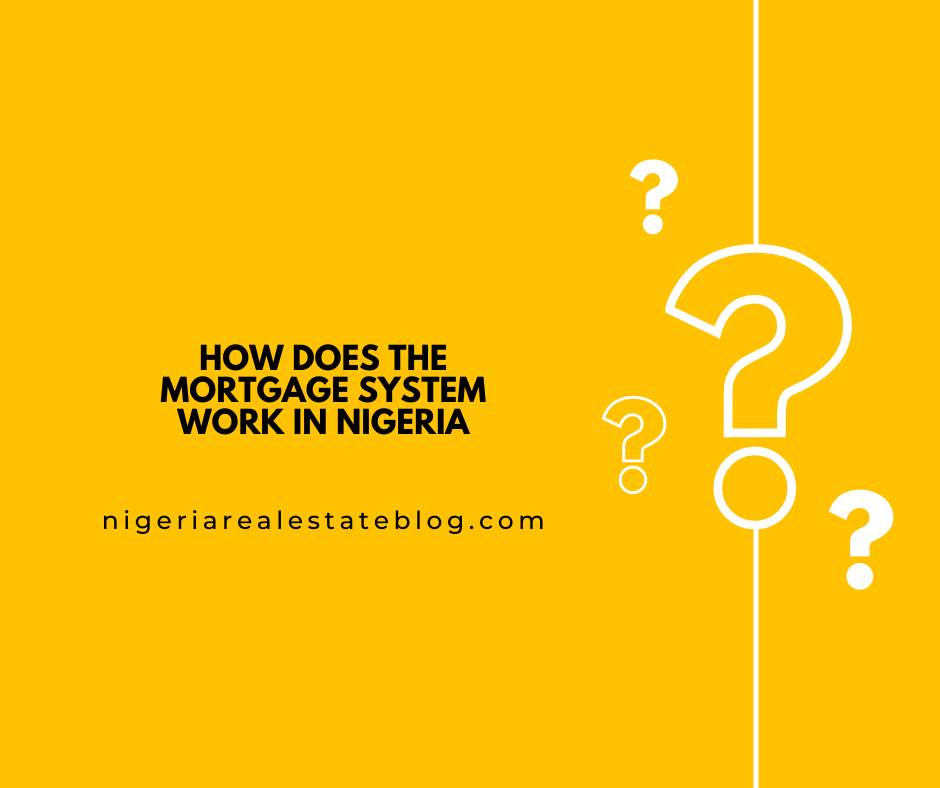
How does the mortgage system work in Nigeria
In Nigeria, the mortgage system works by providing individuals with an opportunity to own a home by allowing them to borrow money from mortgage banks or other financial institutions to purchase or build a house. The borrower then repays the loan in installments over a period of time, usually ranging from 5 to 30 years.
Here are the steps involved in the mortgage process in Nigeria:
- Application: The borrower applies for a mortgage loan from a mortgage bank or other financial institution.
- Verification: The lender verifies the borrower’s eligibility by assessing their credit score, income, and employment status.
- Appraisal: The property to be purchased or built is appraised to determine its value.
- Down payment: The borrower makes a down payment, usually a percentage of the total cost of the property.
- Approval: If the borrower meets the lender’s criteria and the property is deemed valuable enough, the loan is approved.
- Disbursement: The lender disburses the loan to the borrower, and the borrower uses the money to purchase or build the property.
- Repayment: The borrower makes monthly payments to the lender over a period of time, typically between 5 and 30 years, until the loan is fully repaid.
It’s important to note that the mortgage interest rates in Nigeria can be quite high, which makes borrowing expensive. However, some government programs and initiatives have been introduced to make mortgage financing more accessible and affordable to Nigerians.


